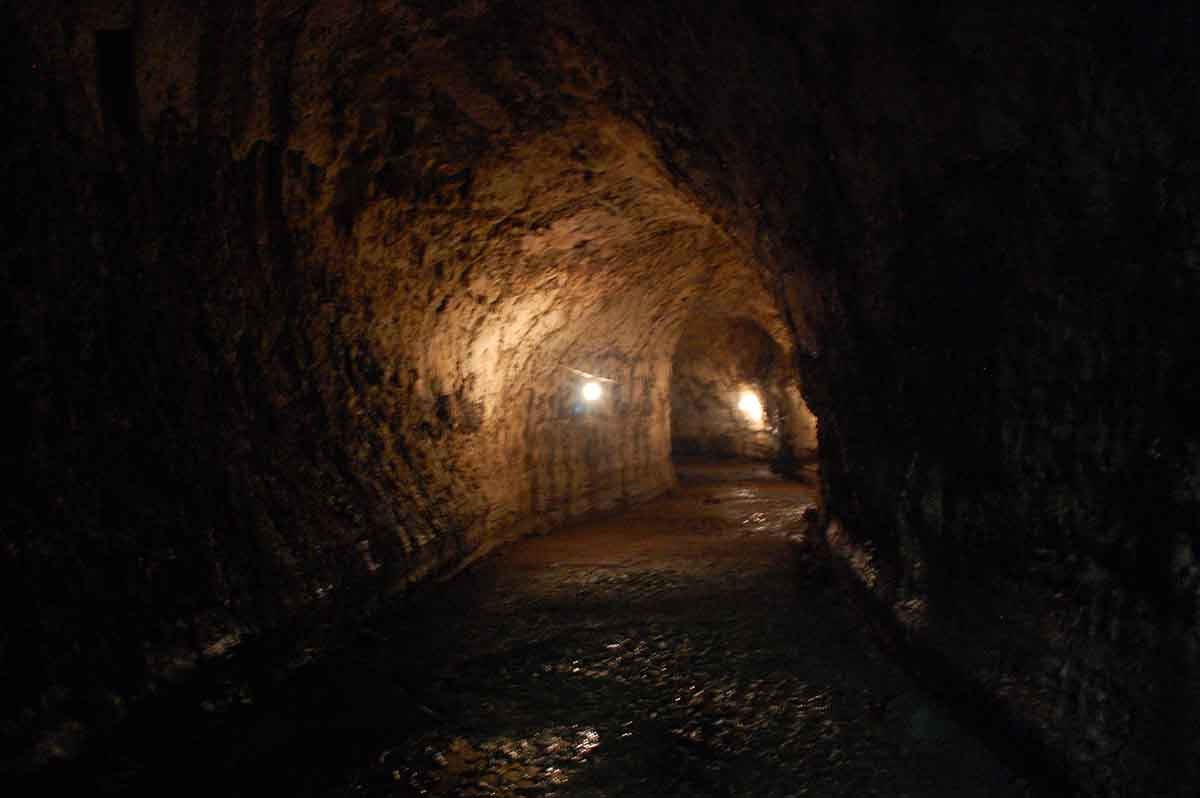Your 7-day journey offers a fantastic glimpse into Ecuador's vibrant cultural and natural treasures. Begin with a full day exploring Quito, the world's second-highest capital, featuring landmarks such as Independence Square and San Francisco Church. Enjoy a delightful chocolate tasting at Galeria Ecuador, where you'll also have the opportunity to make your own chocolate truffles.
Visit the Equatorial Monument and savor Ecuadorian cuisine through a cooking class led by a chef, who will teach you how to prepare traditional dishes like ceviche and helado de Paila.
The adventure continues in the Galápagos Islands, where you'll embark on a yacht for island-hopping excursions. Snorkel with penguins, explore stunning volcanic landscapes, hike scenic trails, and encounter giant tortoises, among other thrilling activities.
Day by day
Map



Cruise Includes
Cruise does not include
Highlights
Magical Ecuador and the Galapagos
Enquire now
Departure Dates
| Dates | Itinerary | Duration | |
|---|---|---|---|
No data | |||